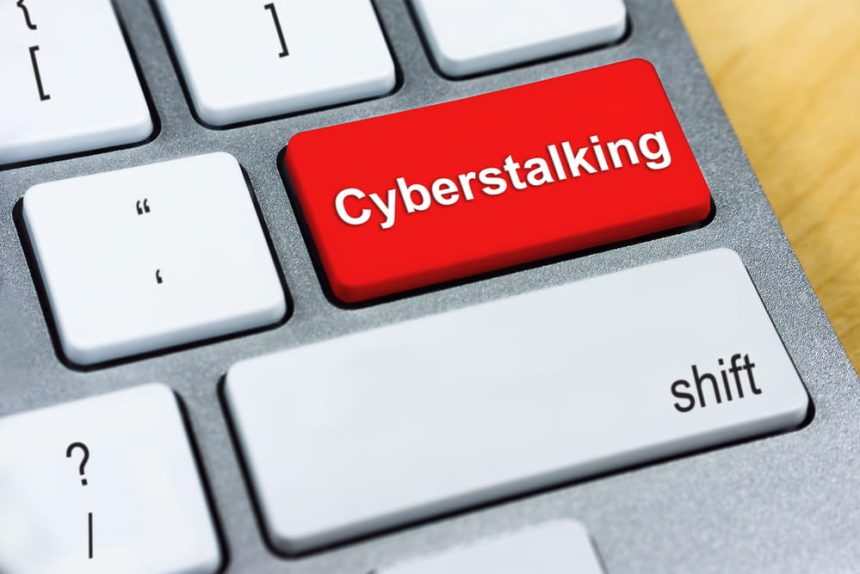In today’s digital age, the prevalence of cyberstalking has become a growing concern. Cyberstalking, also known as online harassment or internet stalking, refers to the use of electronic communication technologies to harass, intimidate, or stalk individuals.
This behavior can take various forms, including sending threatening or harassing emails, messages, or posts on social media platforms, monitoring someone’s online activity without their consent, or using technology to track someone’s physical whereabouts.
Cyberstalking can have serious consequences for victims, ranging from emotional distress and anxiety to physical harm and even loss of life. Therefore, it’s crucial to understand what cyberstalking entails and how to stay safe online.
What Cyberstalking Entails
1. Unwanted Communication: Cyberstalkers often inundate their victims with unwanted messages, emails, or texts, causing distress and invading their privacy.
2. Online Monitoring: Cyberstalkers may monitor their victim’s online activity, such as tracking their social media posts, browsing history, or location, without their knowledge or consent.
3. Threats and Intimidation: Cyberstalkers may use online platforms to make threats, intimidate, or coerce their victims, instilling fear and anxiety.
4. Identity Theft: In some cases, cyberstalkers may engage in identity theft or impersonation, using the victim’s personal information to harass or defraud others.
5. Harassment Campaigns: Cyberstalkers may launch harassment campaigns against their victims, recruiting others to join in and amplify the harassment through social media or online forums.
How to Stay Safe
1. Be Mindful of Your Online Presence: Be cautious about the personal information you share online, including your location, contact details, and daily activities. Adjust your privacy settings on social media platforms to limit who can view your posts and profile information.
2. Trust Your Instincts: If you feel uncomfortable or threatened by someone’s online behavior, trust your instincts and take steps to protect yourself. Block or report individuals to the right authorities like the police or school authorities who engage in harassing or threatening behavior, and seek support from friends, family, or authorities if needed.
3. Secure Your Devices and Accounts: Keep your devices and accounts secure by using strong, unique passwords, enabling two-factor authentication, and regularly updating your security software. Avoid clicking on suspicious links or downloading attachments from unknown sources.
4. Document Evidence: Keep records of any harassing or threatening messages, emails, or posts you receive, including dates, times, and screenshots. This documentation can be valuable evidence if you need to report the cyberstalking to law enforcement or seek legal recourse.
5. Seek Support: If you are a victim of cyberstalking, remember that you are not alone. Reach out to trusted friends, family members, or support organizations for assistance and guidance.
Consider seeking professional help from a counselor or therapist to cope with the emotional impact of cyberstalking. By raising awareness about cyberstalking and taking proactive steps to protect ourselves and others, we can create a safer and more secure online environment for everyone. Do not forget, cybersecurity is a collective response!!!
Stay safe
–
Article by: Theresa Asiedu Gyamfi | univers.ug.edu.gh




